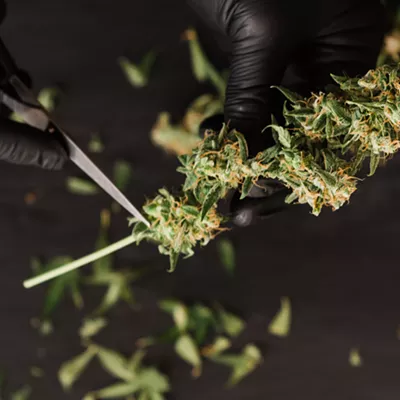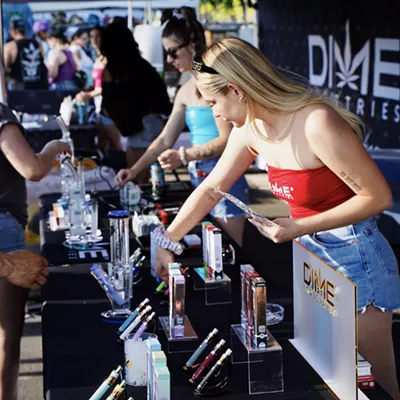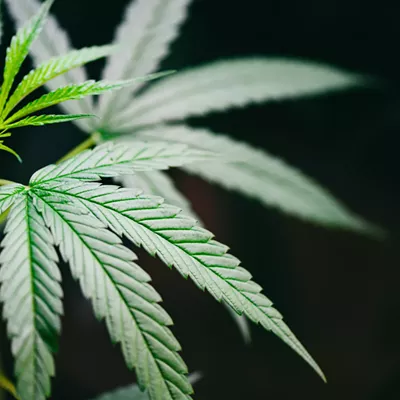According to recent data published in the journal Addiction, more Americans consume cannabis daily than alcohol.
By looking at records from the National Survey on Drug Use and Health from 1979 to 2022, researchers found that the number of people who partake in cannabis use has soared, while those who drink daily decreased. The survey — which is lauded for its extensive amount of self-reported habits of consuming tobacco, alcohol and drugs — offers a glimpse into how cannabis habits have shifted over the last 40 years.
The study relied on self-reported data, which is important to note.
People may have been quieter about their cannabis habits previously, thanks to social stigmas and legal factors. However, experts agree that the increased use of cannabis among Americans has increased steadily.
However, the shift in daily cannabis use compared to alcohol, is substantial. The study’s author, Jonathan Caulkins, said daily cannabis use superseded alcohol consumption for the first time in 2022.
For example, in 2022 roughly 17.7 million people revealed they consumed cannabis daily, while 14.7 million said they drink alcohol daily. Similarly, the survey concluded that the average person drinks four to five days a month. Cannabis consumers use 15 to 16 days a month.
As cannabis sheds its social stigma, the demographic of those who partake has also shifted. According to the study, marijuana “is also no longer a young person’s drug. In 2022, people 35 and older accounted for (slightly) more days of use than did those under the age of 35.”
It is difficult to pinpoint why the numbers are greater for cannabis usage, according to the study.
While “the trends mirror changes in policy, which declines during periods of greater restriction and growth during periods of policy liberalization,” the study said.
“That does not mean policy drove changes in use. Both could have been manifestations of changes in underlying culture and attitudes. However, whichever way causal arrows point, cannabis use now appears to be on a fundamentally different scale than it was before legalization.”












